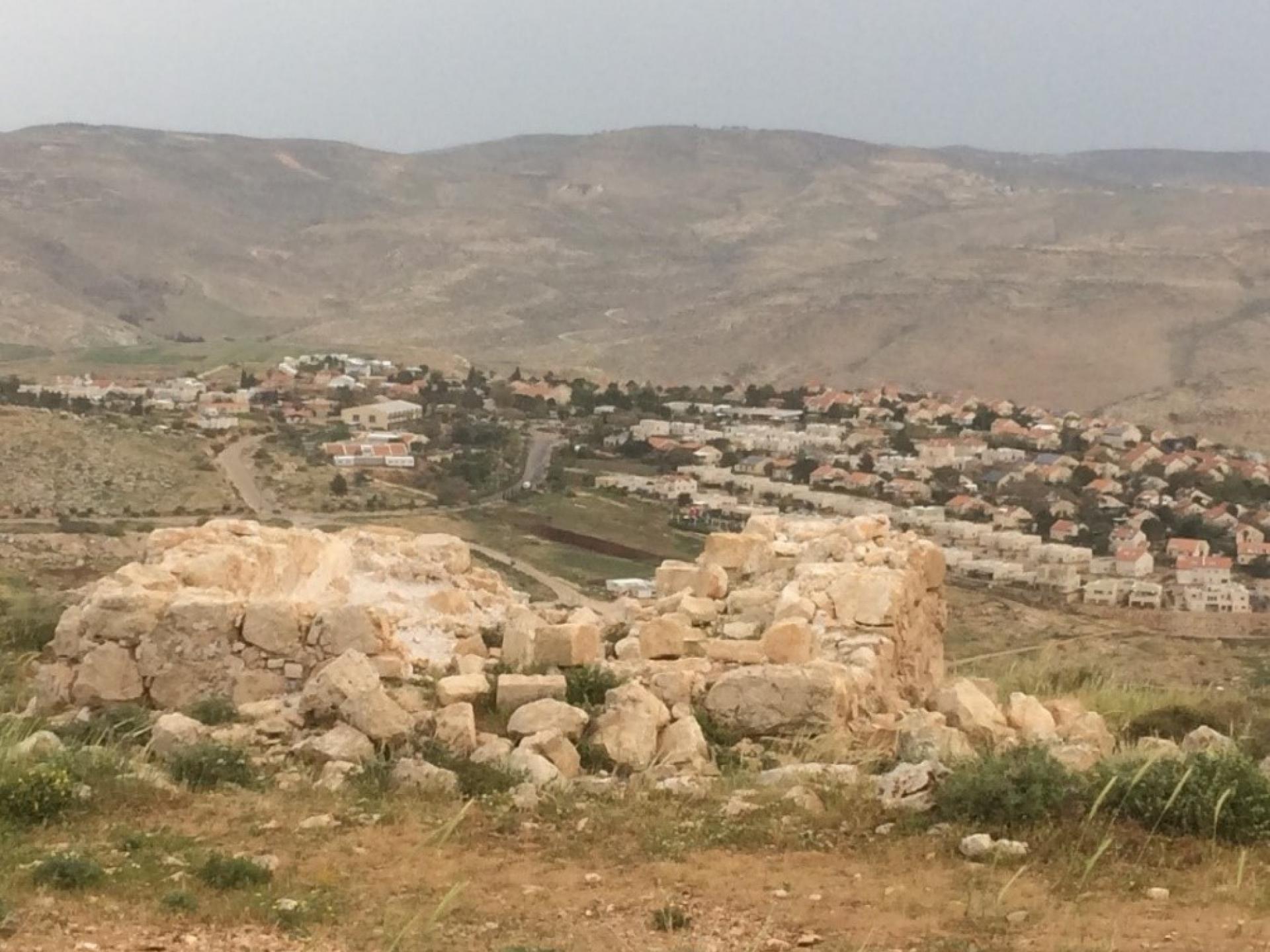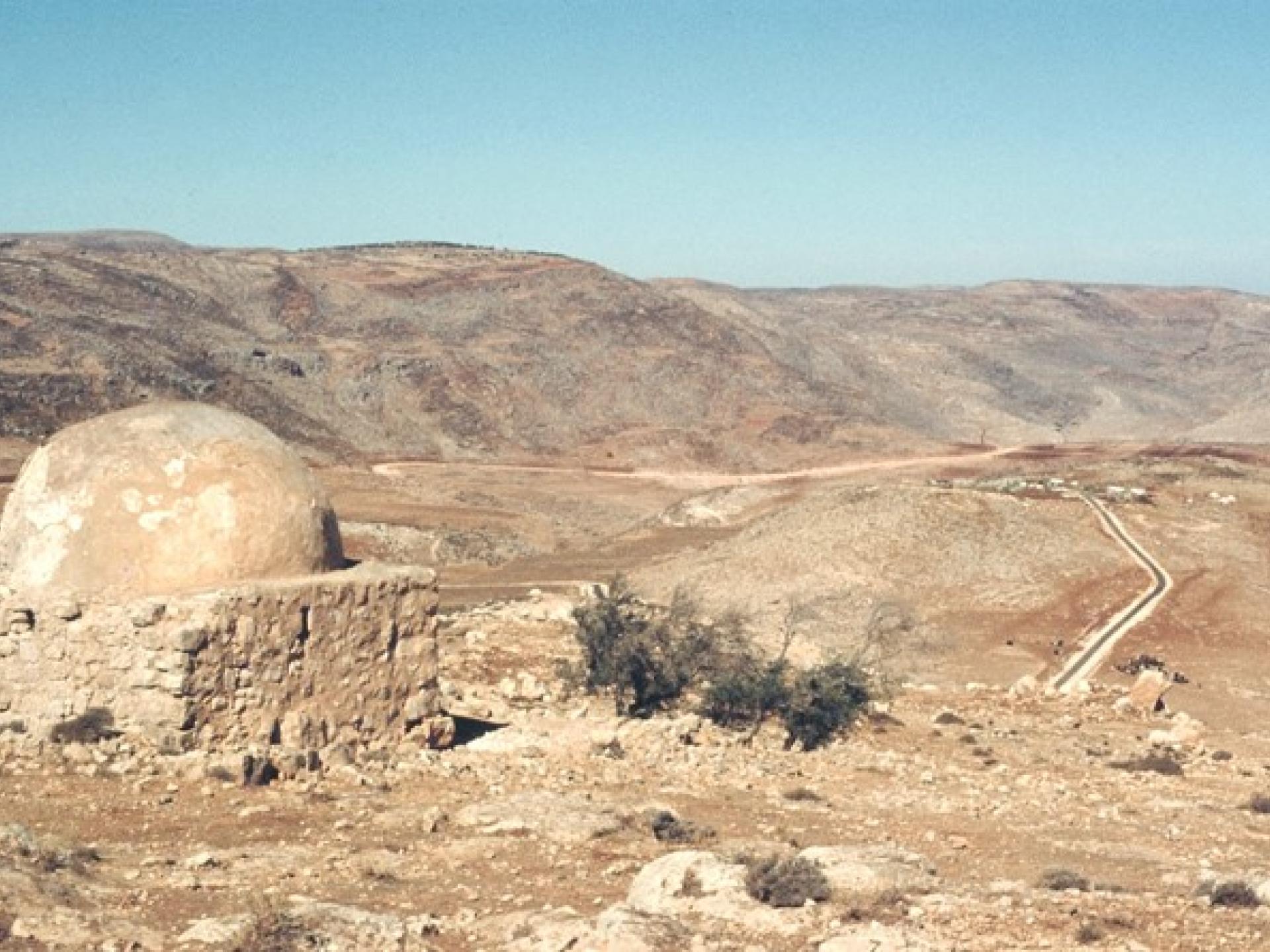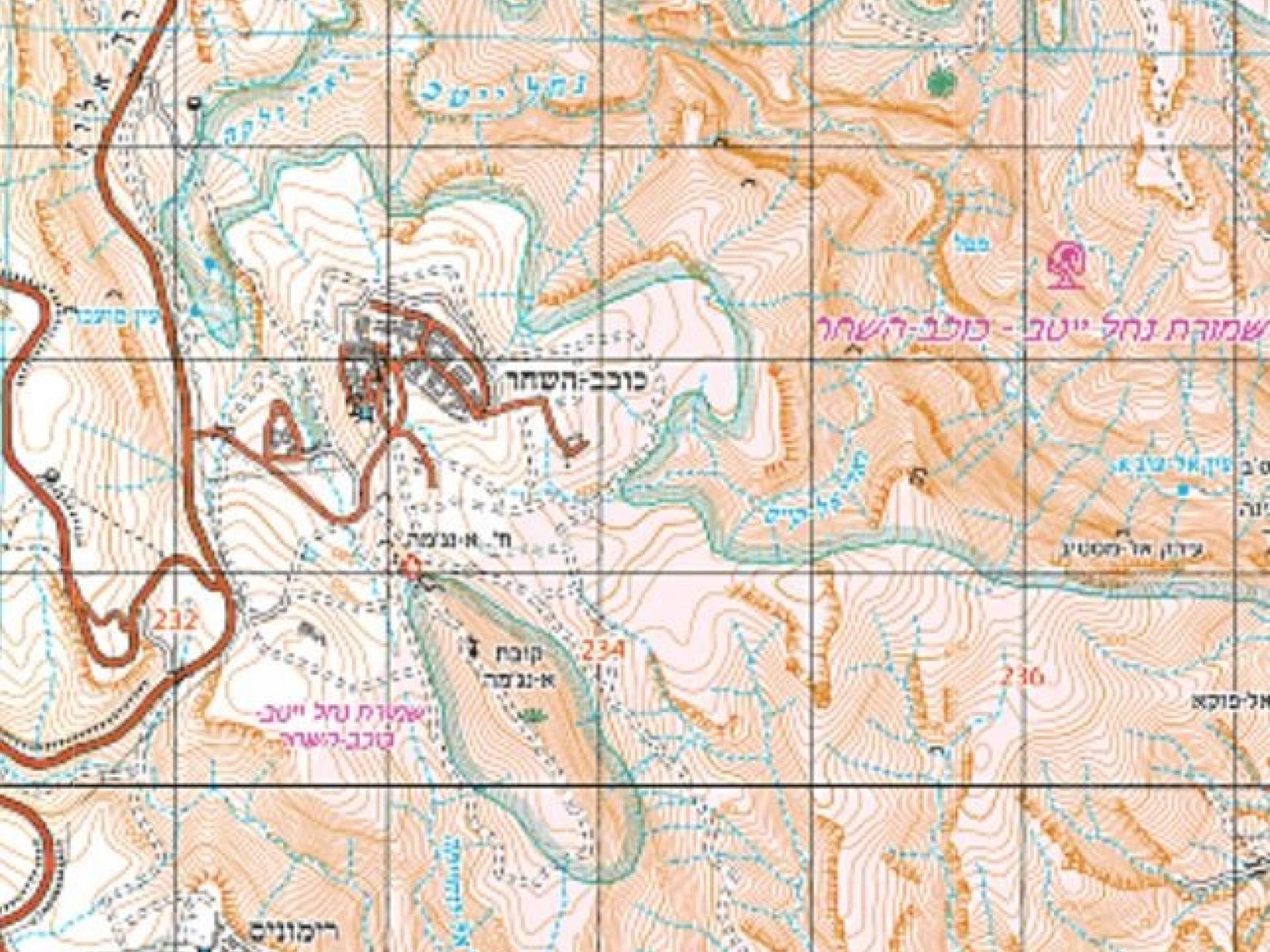Muslim Holy Site (Makam) Sit Zahara: Who destroys Palestinian heritage sites?


School children from Beitillu driven to school, on road 450, undergo humiliation by soldiers positioned on this road.
According to a phone report we received this week: the past month has seen escalation in the checks held on Palestinians using road 450 between Deir Nizam and the junction near Nabi Salah. A section of the road was opened to Palestinians after having been closed off to them following the murder in settler-colony Halamish on July 21, 2017. This opening resulted from a petition by Attorney Neta Amar. This, in spite of vehement opposition of Halamish settler-colonists who raised an outpost on the other side of the road.
A link to the video we took while the road was closed:
https://www.youtube.com/watch?v=99dNf5SEL4o
The reason for the recent escalation may be linked to the fact that new soldiers are now positioned at the checkpoint. They try to disrupt passage for Palestinians and raise obstacles for them, while all the Palestinians want is to carry out their daily routine and travel to their work place or school.
H., driver of a school van, told us that on the morning route between 7 and 8 a.m., on the way to school at Bit Zeit, soldiers order them off the van, humiliate the boys with body checks in front of the girls, and rummage through the girls’ bags. This is worst on Saturdays when the Jewish settler-colonists turn the road into a place of prayer and block it.
Fearing such repeated incidents, the driver has chosen to follow a bypass route through Deir Nizam, but soldiers are posted there too and have stopped them for a check.
F., former mayor of the united Beitillu, told us he has been stopped three consecutive times at various places along road 450, interrogated, his vehicle was inspected and his mobile phone number and license plate number were noted. Asking the soldiers why his vehicle was stopped, he was answered: It is necessary.
We were requested by the attorney to go there and document such incidents.
We had pouring rain all the way from Tel Aviv to our destination. Passing by Deir Nizam on road 465 we noticed for the first time an army post that overlooks the road and its surroundings. We arrived at the inspection post on road 450 near settler-colony Halamish at 7 a.m. The wintry weather must have affected the motivations of soldiers posted at the checkpoint. When we arrived the inspection post was not yet manned. Thus too the inspection post further down the road near the bypass road around Deir Nizam from road 450. Traffic was sparse. The few Palestinian vehicles passed without any noted difficulties. During the next hour, the posts were manned by a single soldier each. Palestinians said this was no normal situation. The rain had changed the picture.
Following a phone report that the soldiers resumed their inspection routine, we returned to the scene about three hours later. We saw several soldiers at every inspection post. Palestinian vehicles were stopped for a check, including a thorough inspection of every car’s contents.

Qubat a-Najma and Maqam Sit Zahara
We revisited Qubat a-Najma (Arabic for “dome of dawn”) and the maqam Sit Zahara. The mountain has been declared a nature reserve, annexed by the settler-colony of Kochav Ha-Shachar (Hebrew for “star of dawn”). The summit (742 m. altitude) holds an observation point overlooking a vast area. Wikipedia [1] notes that about 200 meters from the summit is an observation point named after Rechav’am Ze’evi. Nowadays this observation point is not marked, but the road sports signs naming Ze’evi (former Israeli government minister who advocated transfer of Palestinians, all Palestinians, and was assassinated several years ago).
In our first visit to the site on February 7, 2018 we couldn’t find the maqam. Later we received a photograph from Amikam Shuv that he had taken in 1975. This time we found remains of the maqam on the range about 500 meters north of the observation point. There was no trace of the dome that had topped it in the past, and its thick walls (about 50 cm.) are broken. Clearly they have not collapsed due to natural causes, but broken by man. Rubble remains of the walls lie inside and out.
The structure is square-shaped, about 5 meters each side. Certain structural elements remaining in the ruin – such as the maharab, the niche in the wall that indicates the direction of prayer towards Mecca – bear clear witness that the remains are indeed of a maqam.
From the maqam, one can easily see the settler-colony of Kochav Ha-Shachar and the outpost build to its south-east. Thus, too, probably from the opposite direction. From the settler-colony one must have very clearly seen the maqam with its typical dome.
https://www.youtube.com/watch?v=bn6-xKOFUro
At 0:48 in the video, at the bottom of the image, one can clearly detect remains of the square-shaped structure that was once the maqam Sit Zahara.
